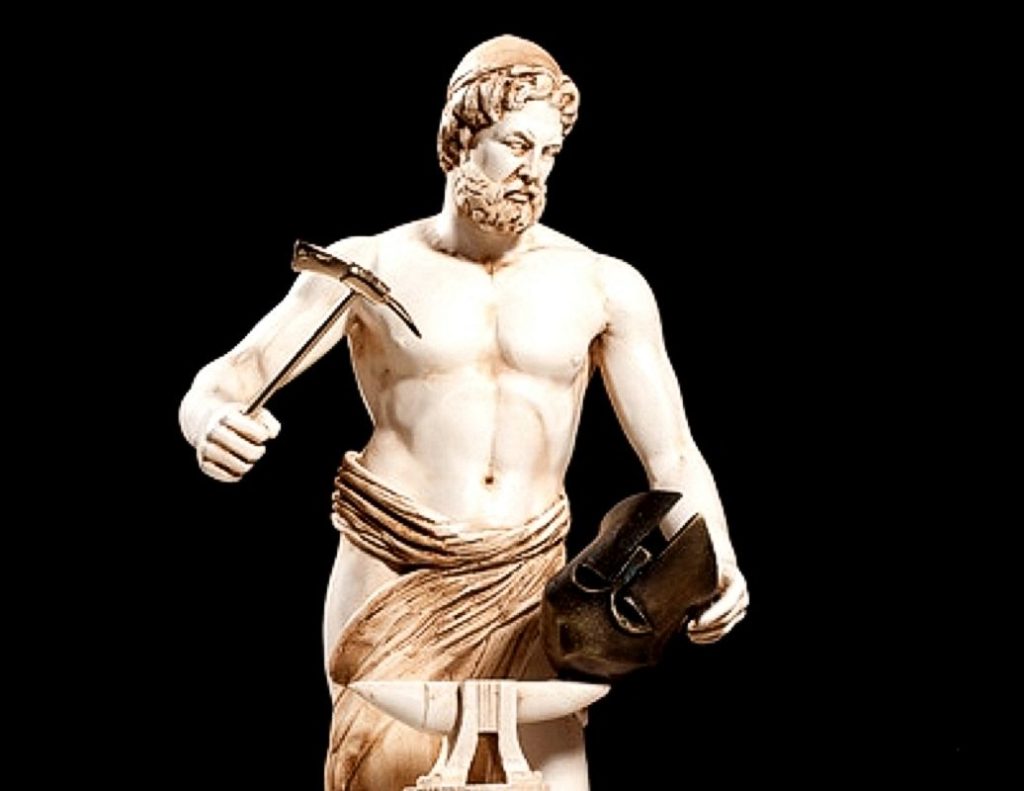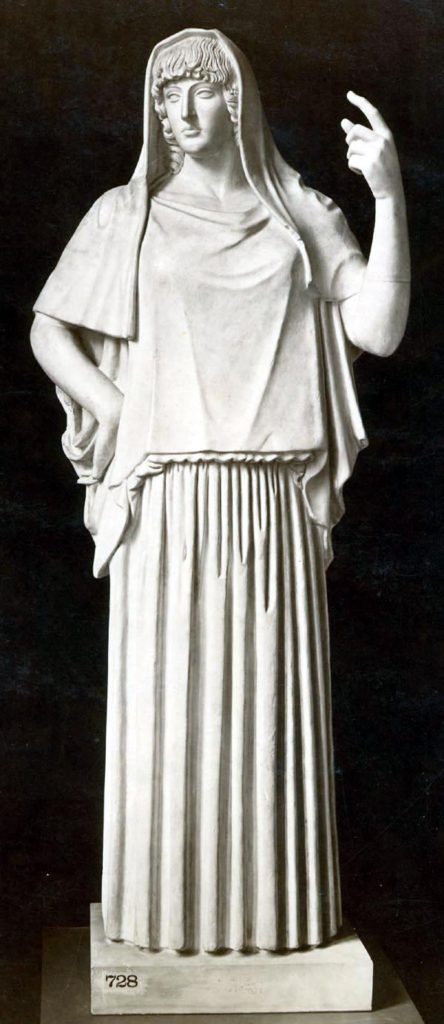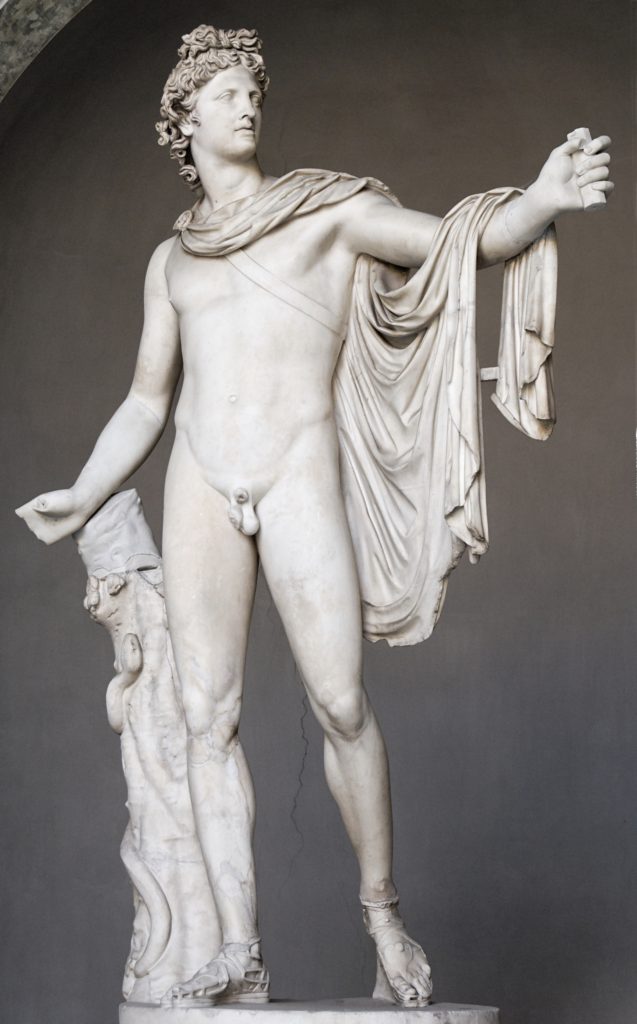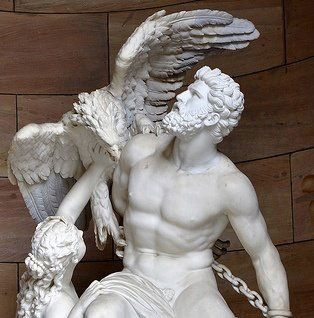Fire plays an integral role in Greek mythology. The element is both a necessity and a hazard to mortals. It’s a vital component of human life, granting warmth and pushing technological advances as far as they can go. However, it’s also a tool for destruction and death. Fire is like a double-edged sword. It has high value to humans but can also become a deadly force of nature in the wrong hands.
The unique nature of fire makes it nothing short of awe-inspiring. Early Greeks feared it but harnessed it whenever they could to continue on the path to survival! The attitude towards mother nature’s most violent force inspired a bevy of fantastic tales that we continue to recite today.
Many figures in Greek mythology have a close connection to fire. Here are just some of the most iconic.
Hephaestus

Hephaestus is one of the most famous fire deities. He’s one of the Twelve Olympians, serving as the god of blacksmith and fire. His Roman equivalent is Vulcan.
Hephaestus was the blacksmith of the gods, harnessing the power of fire to forge fantastical weapons. He created most of the signature weaponry we see in old artistic depictions of immortals. That includes Zeus’ famous thunderbolts!
This god has a somewhat rocky history with the Olympians. As an infant, he was thrown from Mount Olympus because Zeus deemed him an “ugly god.” He was famously lame and walked with a limp. But that did not stop him from becoming the finest blacksmith the world had ever seen.
In addition to creating weapons, his work included the golden mansions of the Olympian gods, gold-clad automata, and famous armor worn by heroes like Achilles.
In many works of art, Hephaestus is seen working among fire and billowing towers of smoke. He had several workshops, but one of his most iconic workplaces was on the volcanic Mount Etna.
Hestia

Hestia is another Olympian born from Cronus and Rhea. She’s a sister of Zeus and is the firstborn Olympian god.
Hestia serves as the virgin goddess of the hearth and the home. She also presided over the cooking and preparation of the family meal. Hestia represented the abundance and comfort that could come from fire. Rather than using it as a tool for destruction, it served as a vessel for sustenance and life.
This goddess is forever tied to fire. Her temples and shrines were equipped with a public flame that had to stay lit at all times. Hestia is near a large fire or lit hearth in many artistic depictions. Her symbol also contains a flame.
Helios

Like Hestia, Helios is a beautiful representation of how fire supports life. Helios is the personification of the sun. He’s the offspring of Hyperion and Theia.
In most works, Helios is shown wearing a radiant crown of light. The god typically rides a horse-drawn chariot through the sky. In some art, he’s even surrounded by the flames of the sun. According to Hesiod, Helios follows fire-darting steeds as he zips through the sky to provide light and warmth to the people of Greece.
Throughout Greek mythology, some poets identified Helios with other fire gods like Hephaestus and Apollo. But most agree that he was a separate entity left to revel in the glory of the sun’s flames.
He appears in stories sporadically throughout the mythos. In many interactions, he utilized fire and heat to his advantage.
Apollo

Apollo was a major Greek God. He was one of the Twelve Olympians and is most closely associated with his sister, Artemis. The story of Apollo’s birth is a memorable one made dire by the jealousy and wrath of Hera. He was born out of Zeus’ infidelity, and Apollo went to great lengths to protect his mother, Leto, from Hera’s revenge.
Eventually, he became an Olympian. Apollo is primarily known as the god of prophecy. However, he also presides over archery, dance, music, and more.
Apollo’s connection to fire comes from his role as a light-bringer. While Helios is the primary god of the sun, Apollo was as well. One of his many symbols included rays of light or fire emanating from his head.
The young god also brought light to the world every day. He rode on a golden chariot led by fiery horses across the sky. His daily journey would mark the rise of the sun, cementing his status as a fire god in Greek mythology.
Prometheus

Last but not least, we have Prometheus. Prometheus is a Titan god of fire. During the famous Titanomachy war, Prometheus and his brother, Epimetheus, remained neutral. They did not fight on behalf of the other Titans. As a result, Zeus spared them punishment.
Instead of dooming Prometheus to Tartarus, he tasked him with creating humans. Prometheus crafted humans and animals out of clay. Meanwhile, his brother was responsible for giving them attributes to succeed on Earth.
Epimetheus lacked foresight and eventually ran out of attributes by the time he got to humans. Zeus was content with unleashing humans onto the world without any skills. But Prometheus had grown fond of his creation. So, he stole fire from the gods. Some versions of the tale say he stole it from Hephaestus’ workshop. Others say it came from Mount Olympus.
Either way, he gave humans fire, becoming the greatest benefactor to man. While Zeus did not take the fire away, he did punish Prometheus. The fire god suffered on a mountain as crows feasted on his perpetually regenerating liver!
Conclusion
Those are just a handful of Greek fire deities. There are many more, and these gods inspired countless other fire gods and goddesses in different cultures. The mythology served to explain the element to humans, highlighting its importance and destructive qualities.